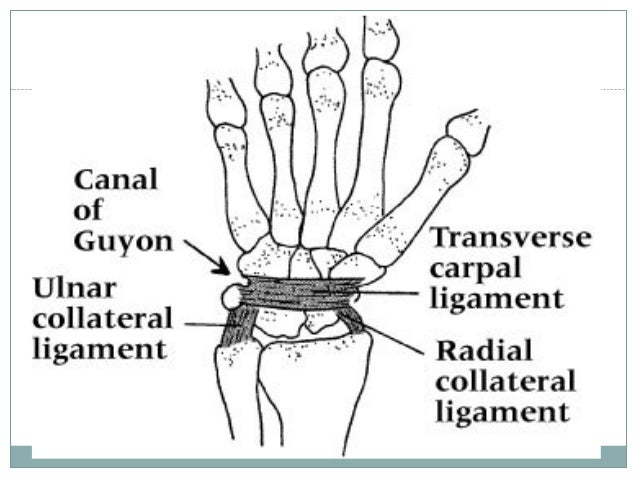

- #Jammed finger xray full#
- #Jammed finger xray series#
This process is completed within a few minutes and is painless. Your doctor places your fractured finger between an X-ray source and an X-ray detector, then sends low-level radiation waves through your finger to create the image.
X-rays are often the first imaging tests used to diagnose a fracture. If your doctor cannot determine during a physical exam whether you have a fractured finger, she may recommend an imaging test to diagnose the fracture. A bone that re-knits out of proper alignment can further hinder your successful use of your hand.Īsk for an imaging test. If your fracture is not treated by a medical professional, then it is possible that your finger and hand will remain painfully stiff when you try to move your finger. Young and growing bones are more susceptible to injury and to complications if those injuries aren't treated properly. Children with finger injuries should always see a doctor. If you have significant pain, swelling, bruising, or any deformity or decreased movement of your finger, seek medical attention. If you aren't sure whether an injury is a fracture, it's better to err on the side of caution and see a doctor. Some fractures require more involved treatment in order to heal correctly. Fractures are complicated injuries and their severity is not readily apparent from external symptoms. Go to your nearest accident and emergency department if you think you have a finger fracture. However, minor swelling or the absence of immediate bruising may be indicative of a sprain instead of a fracture. You are likely to notice swelling and bruising 5-10 minutes after your first sensations of pain in your finger. The swelling may also spread to other fingers or down the palm of the hand. After you try to move your finger, swelling and bruising begin to become apparent. It may be hard to know if your finger is fractured at first, as you still may be able to move it. This happens when the capillaries around the injury swell or burst in response to the increased fluid pressure. Swelling is often followed by bruising. After fracture, your body activates the inflammatory response followed by swelling caused by fluid released into the surrounding tissues. This is part of your body’s natural response to injury. After sustaining a fracture to your finger, you will notice acute pain that is followed by swelling or bruising. 
Let us help you get out of that jam.Check for swelling and bruising. OSR is dedicated to making sure that your entire body is healthy. Make sure a jammed finger doesn’t leave you with a permanent injury. This exercise regimen will focus on protecting the injured finger, strengthening it and maximizing your range of motion so that your hand can get back to normal functioning as soon as possible. We will prescribe assisted finger stretches and finger bends, along with resistance exercises using a rubber band.
#Jammed finger xray series#
We also are able to apply kinesiology or buddy tape onto your finger in order to keep it straight while the tendons or bone heals.ĭuring the healing process and with your physician’s advice, we will recommend a series of strengthening exercises to ensure that your finger mends quickly and properly. If you make an appointment with OSR we can take an x-ray for you in order to see how bad the injury is and if a splint is needed. If you’re unable to move your finger because of pain, or your finger is numb, it is important that you seek medical attention as soon as possible. If you have a minor injury you should be able to move the finger slightly after a short time.

Leave ice on the injury for around 15 minutes and then take ice off until the finger has returned to normal temperature. Remove all rings from your hand and then ice and elevate the injured finger to try and reduce and minimalize swelling. In treating a jammed finger you have to make sure that you follow the proper steps to make sure that you won’t cause further damage.
Numbness, tingling or pale color in your finger due poor circulation. #Jammed finger xray full#
Inability to bend or full extend your finger. Swollen finger (generally around or near the knuckle). If you’re not sure if your finger is jammed, the most common symptoms include: If your finger is broken and you don’t treat it immediately it can lead to arthritis and possible become un-treatable. Usually immediate treatment is recommended in order to ensure that there is no further injury. 
Jammed fingers are commonly caused by sports like basketball or when you catch yourself during a fall. Not only are jammed fingers painful, but they also make the easiest tasks harder than usual. Something as small as a jammed finger seems like it wouldn’t be that big of a deal but often times the smallest injuries can cause the most discomfort.








 0 kommentar(er)
0 kommentar(er)
